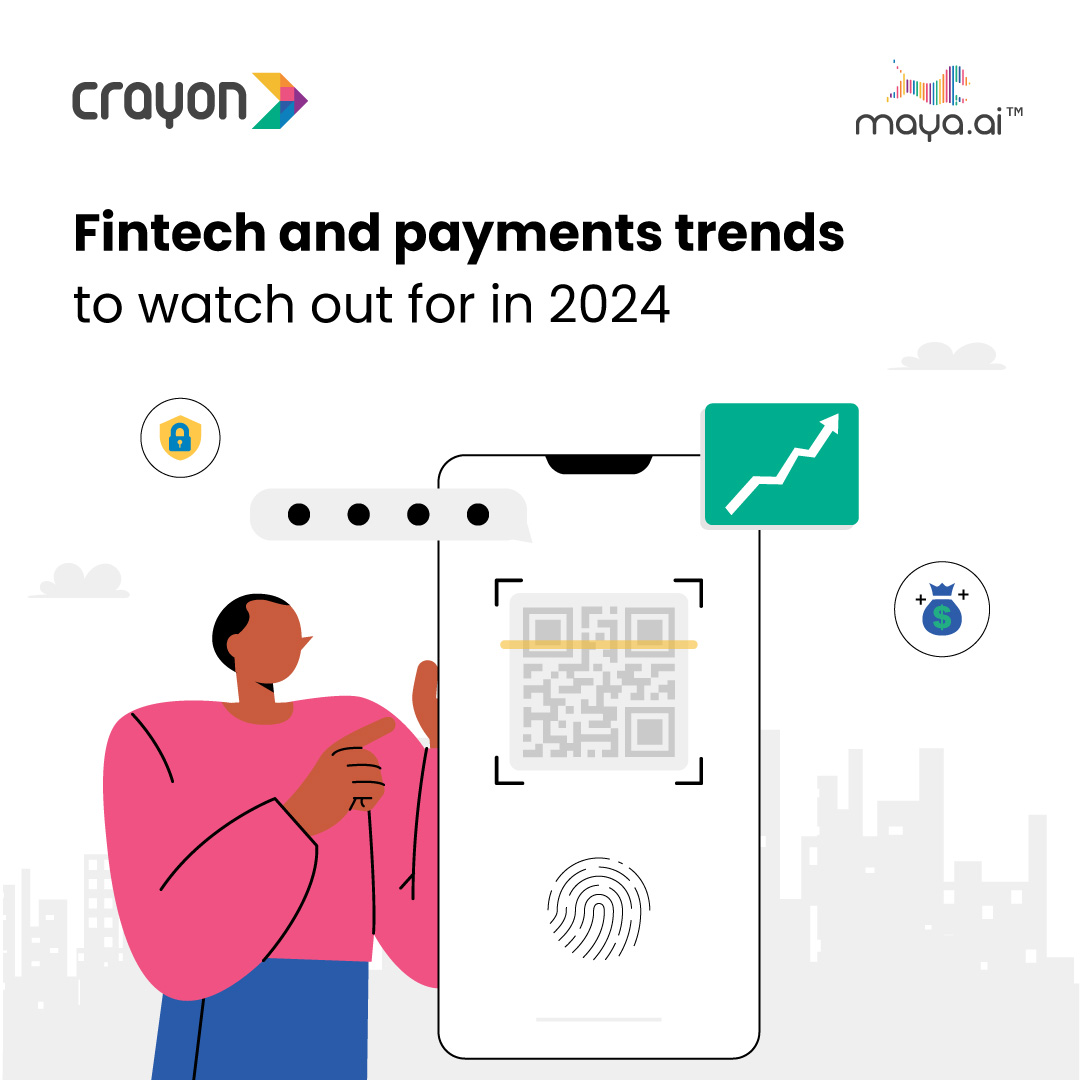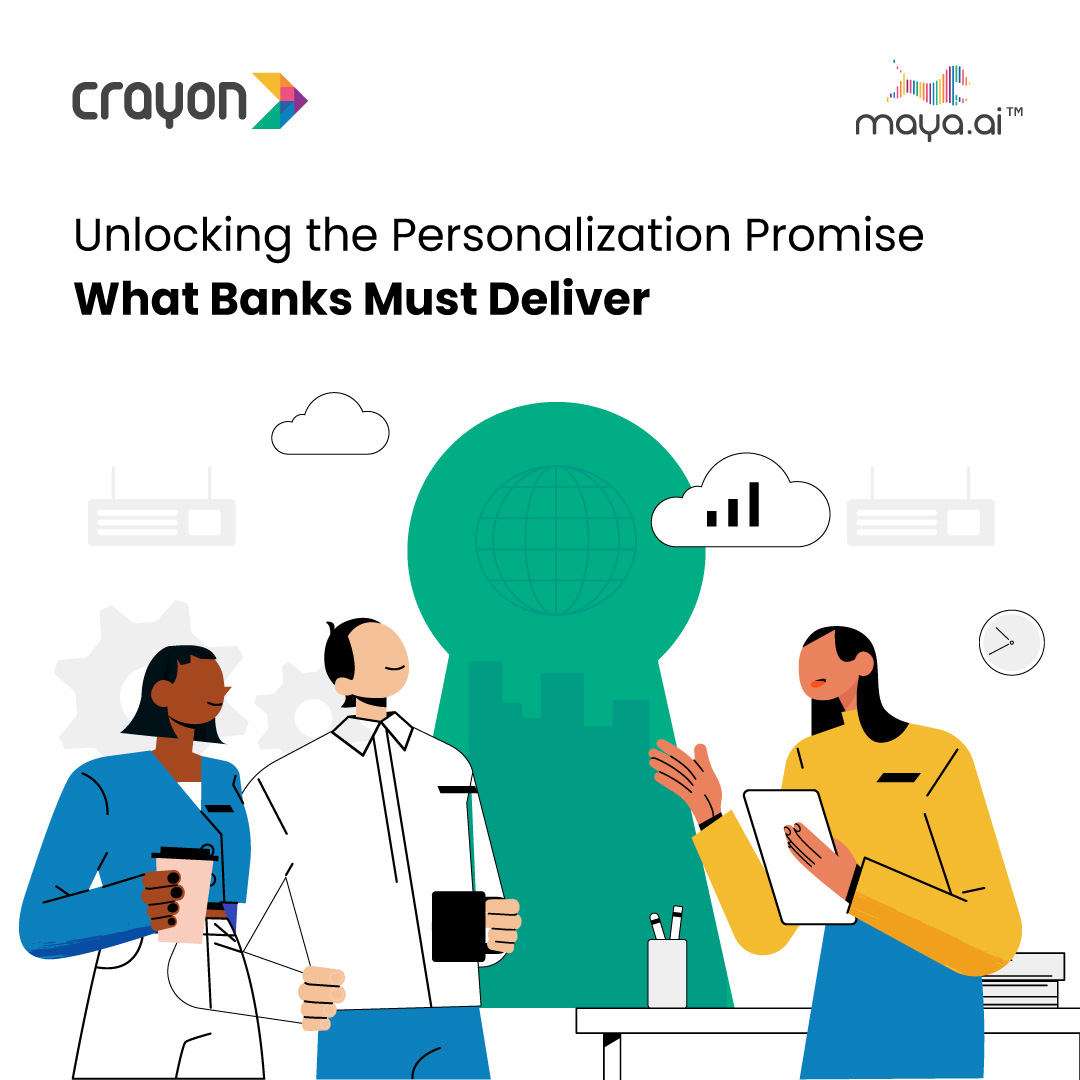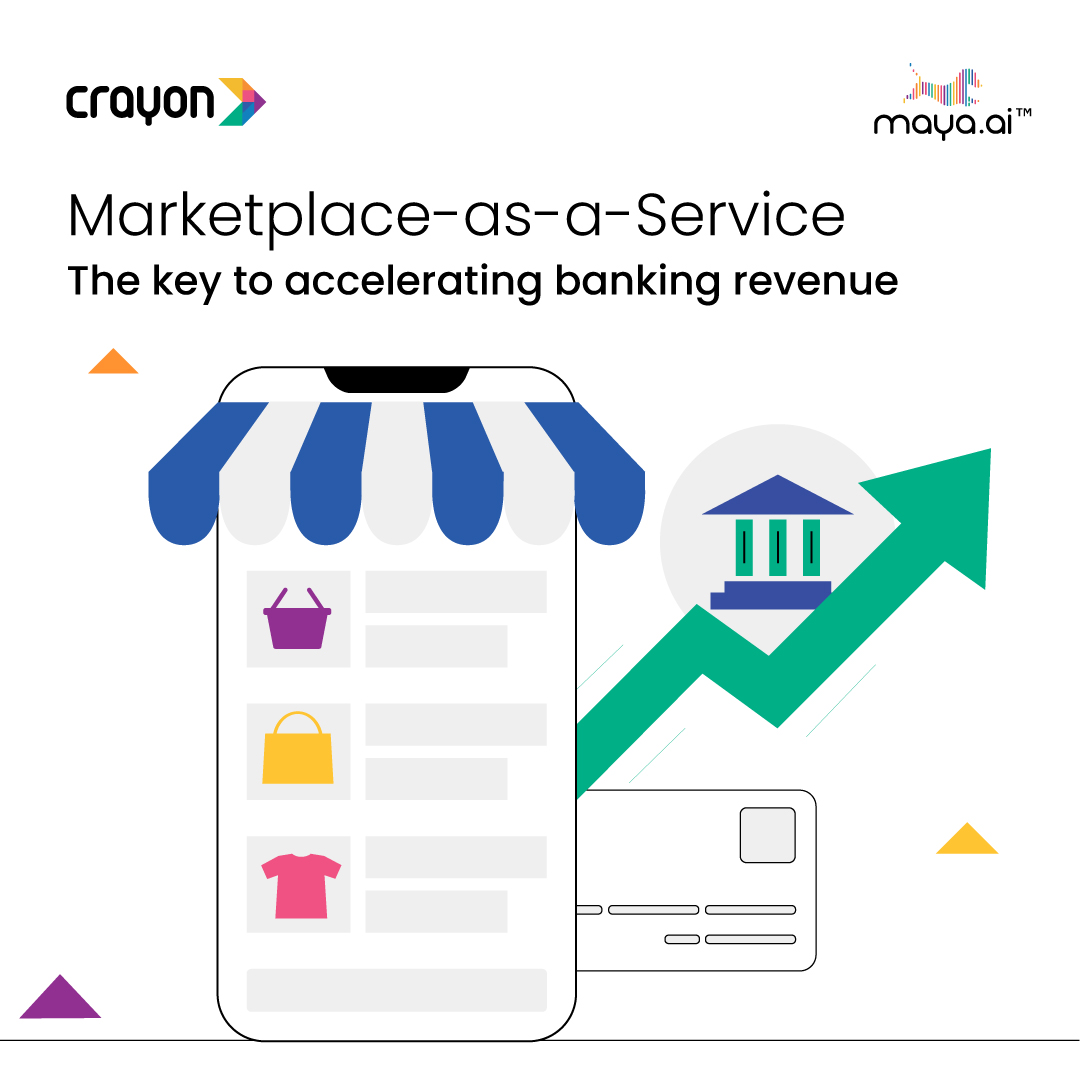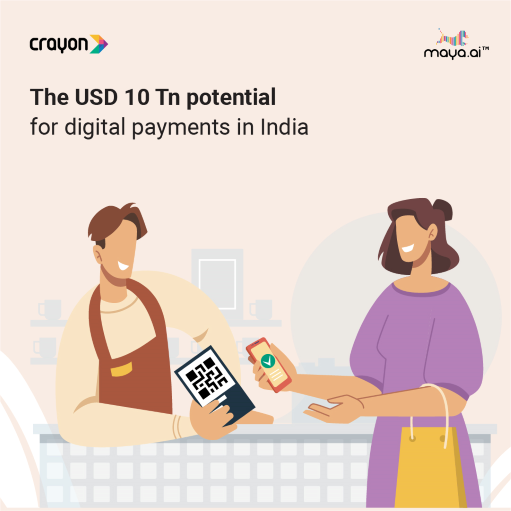‘We use cookies to make your experience of our websites better. By using and further navigating this website you accept this. Detailed information about the use of cookies on this website is available by clicking on more information.’
We see this familiar message on almost every website we visit. Whether we accept or reject cookies, our experience remains the same. However, the browsing experience is significantly altered at the backend.
So, what are cookies?
Simply put, they are text files with small pieces of data, created by the host websites that we visit. Cookies allow websites to keep us logged in, remember our choices, and provide us with content that is relevant to our location.
While cookies may provide us with a personalized experience, they pose a significant threat to our privacy. The server creates the data in a cookie upon connection. A number unique to the computer identifies this information. When the computer and the network server exchange cookies, the server reads the ID and knows what information to provide us personally.
There are at least three parties involved when you visit a website:
- The website you currently visit – First party
- An advertisement server – Second party
- A website that monetizes its reach by showing ads to visitors – Third party
Companies collect data using three types of cookies – first, second and third party.
They use this information to target us with ads. Ever been surprised to see an ad on Instagram for a product you abandoned in your Amazon shopping cart? Cookies made that happen. In this instance, it acts as a reminder. It offers a higher chance of a checkout from your end, and a profit to the enterprise, or host website.
Cookies also give access to customer-related data. Let’s dig deeper to find out what this means for users.
First party data
This is data collected directly from the audience. It includes customers, site visitors, and social media followers. The term “first party” refers to the entity that gathered the data for retargeting firsthand. Sources include
- CRM
- Customer behaviors or actions taken across host website
- Social media profiles
- Subscription-based newsletter emails
- Surveys
- Customer feedback
This data is most preferred since it comes directly from the target audience. Companies consider this the most reliable and accurate indicator to project future behavioral patterns. It can also lead to maximum revenue – when used right. It is most effective for audience retargeting via ads and nurturing the sales process.
Second party data
This is information that a company acquires from another source. Trusted partners who agree on a mutually beneficial deal usually share this information. It has similar uses as first party data. That is, creating relevant ads, nurturing leads and smoothening the sales cycle.
Third party data
This is data bought by a business that does not have a direct link to the visitor or customer. Companies often acquire, aggregate, and sell third-party data to aid in the development of effective advertising and retargeting campaigns. However, since the data is not from your actual customers – and is also available to competitors – its benefits are debatable.
To acquire information about a wide audience, independent researchers employ surveys, interviews, and feedback forms. Organizations can then buy this data for their own use, as second-party data.
The core difference: most of the third-party research is done with random sample sizes. It is gathered from anyone who is willing to fill out a survey. While this increases the number of participants and responses, it’s difficult to predict whether the data will provide valuable insights to a company.
Are cookies really effective for retargeting ads?
Yes, cookies help with data collection. But they often cause more chaos and waste marketing dollars. For effective retargeting, all cookies must match. However, they often have broken links and mismatches are as high as 40-60%!
Fragmented cookies lead to poorly targeted ads. Marketers lose these opportunities. It also frustrates customers with spamming. Moreover, cookies are device-based. They cannot help companies when someone switches from a desktop to a mobile device, or when they switch computers or browsers, fragmenting the customer journey even more.
Browsers reject third party cookies
Browsers currently reject the vast majority of tracking cookies. Safari and Firefox have been rejecting third-party cookies for a while now. And Google Chrome is likely to join the bandwagon in 2023. This will have significant impact, since browsers are responsible for over 60% of the global organic search.
One reason is that first party data is much more useful and relevant for marketers and customers alike. As a result, advertisers may be spending budgets on missed opportunities. They would not be reaching potential customers, instead, wasting money on superfluous impressions to those who would convert anyhow. The use of cookies has made 71% distrust the internet entirely, since they feel that all their activities are tracked.
Personalization of user behavior is key.
It is time for enterprises to find an alternative to privacy-invading third party data. If not, there’s a chance the Internet will cease to exist as an open and accessible space, as it was originally meant to be.
A much better way to provide a personalized experience is user behavior data. Think of this as your favorite restaurant, knowing what to offer you every time you patronize the place, based on your previous orders from their menu. In the world of internet and data, this translates to any ‘event’ that occurs on the host website, for example:
- Click throughs
- Entering a search query
- Reading an article
- Watching a video
- Making a selection
- Rating or liking an item
- Insights from customer service
- Filling out a form
- Adding something to a cart
- Checking out an order
- Responding to a marketing campaign
And this is not a comprehensive list. According to McKinsey, companies that apply behavioral data analytics get 85% more sales growth and a 25% increase in gross profit than their competitors. Amazon and Netflix are successful examples of companies that provide relevant suggestions for users to buy or watch, based on their existing search and viewing histories.
Besides, user behavior is constantly evolving. Gone are the days of marketing segmentation through buyer personas. A 60-year-old American woman may be watching Lucifer: something completely different from what a marketer may peg her for. And a 20-something millennial may be purchasing Ikigai which Amazon’s algos could possibly not predict. Therefore, it is no longer viable to be in the guessing game around a buyer’s sensibilities. It is much better to make use of the AI that follows their user journey or trail and makes insightful predictions on what they could be looking for next. Cookies are soon becoming redundant and obsolete technology. Ultimately, a company needs to understand the pulse of their target audience. This is a much more successful venture if done by observing their behavior, rather than paying a third-party research company for irrelevant data.















![Slaves to the Algo: AI podcast by Suresh Shankar [Season 1]](https://crayondata.ai/wp-content/uploads/2023/07/AI-podcast-by-Suresh-Shankar.jpg)
![Slaves to the Algo: an AI podcast by Suresh Shankar [Season 2]](https://crayondata.ai/wp-content/uploads/2023/08/version1uuid2953E42B-2037-40B3-B51F-4F2287986AA4modecompatiblenoloc0-1.jpeg)








